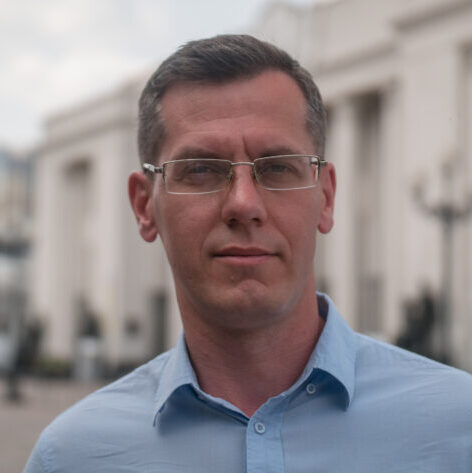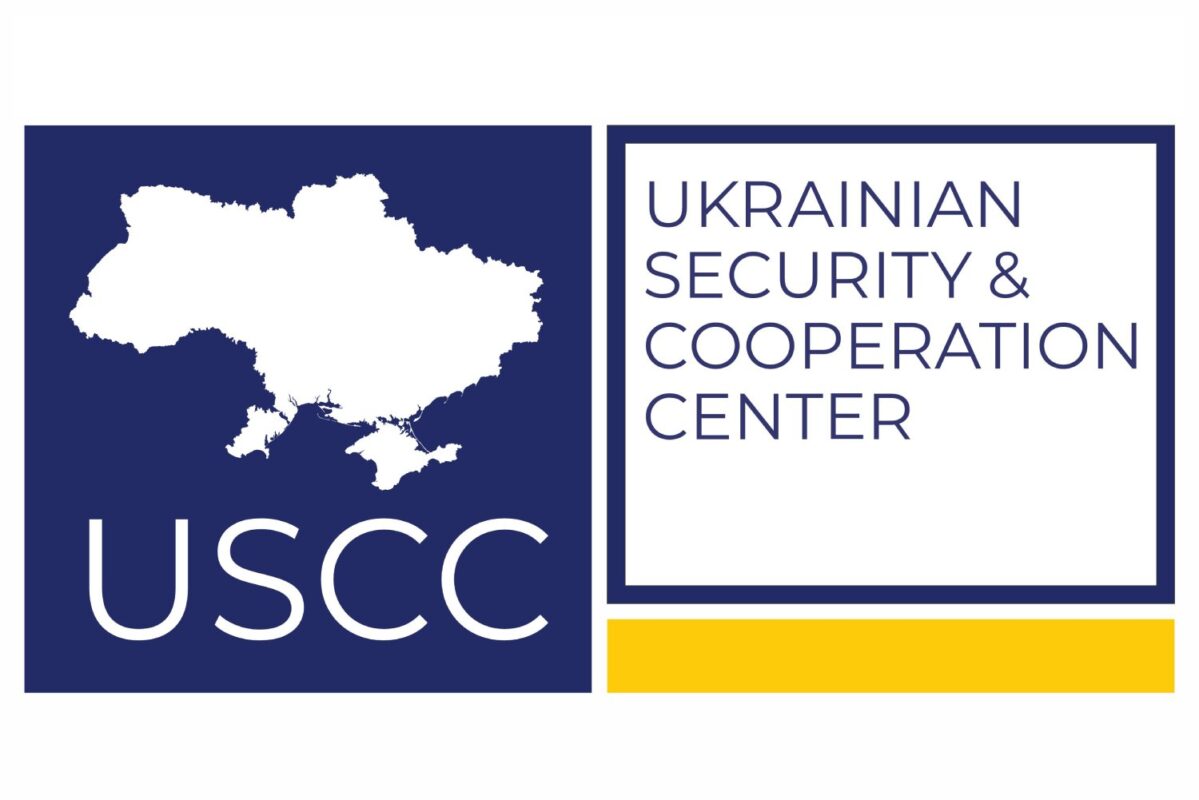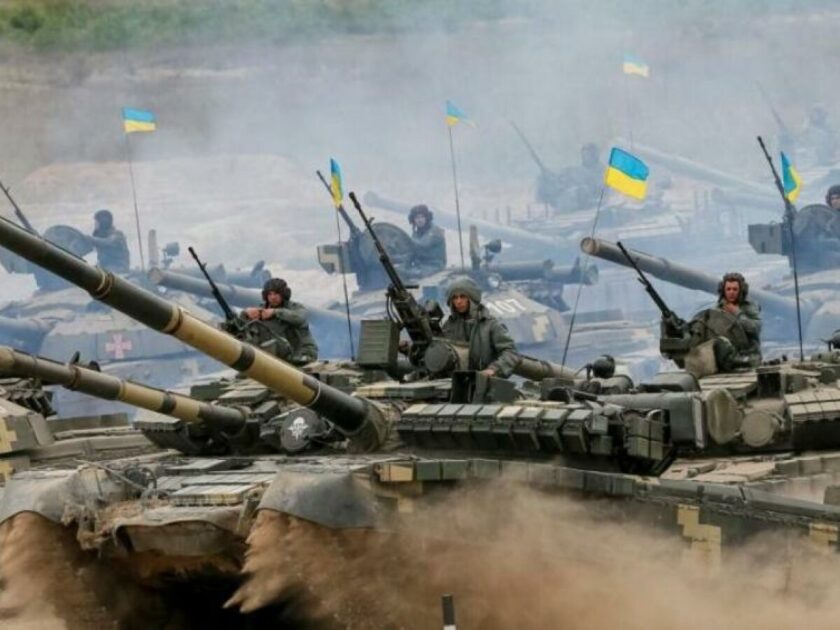
Whatever the answer to this question might be, Ukraine is preparing for total resistance being completely trapped and yet defending entire Eastern Europe.
The Kremlin did not choose the course to destabilize Europe yesterday, and the threat from Russia is growing every year. On the one hand, NATO’s activation on the Eastern Borders is a positive demonstration of its capabilities. But on the other hand, Russia’s challenge has demonstrated the fragility of NATO’s democratic system of “member countries” on the examples of countries such as Hungary. In any case, even the aggregate military-industrial complex of Eastern Europe cannot be compared to the Russian one, which is now on the rise.
Another fact is that all these countries are inferior to Ukraine in terms of military performance, even without the factor of unique combat experience gained over 7 years of war. Thus, the only real possibility to deter Russia in Europe is NATO-Ukraine cooperation. Moreover, it should be carried out directly in Ukraine as the only country with a successful experience of long-term resistance to Russian aggression.
This is a proven fact. Chief of the Defense Insentience of Ukraine Kyrylo Budanov says Ukraine’s integration into NATO is irreversible and could happen very quickly.
“For a long time, the main arguments for delaying or refusing Ukraine’s integration into NATO were the lack of modernization of the Armed Forces, almost imperceptible structural reforms, and the changing political situation in our country. But now everything has changed a lot. Our army holds high positions in international rankings”, – Budanov comments.
Assessing the geopolitical agenda, the intelligence chief says that Ukraine could be a welcome guest even with a number of its unresolved issues, because under Russia’s permanent aggression against Eastern Europe and Ukraine in particular, NATO realistically assesses the situation and importance of our country for continental European system of collective security.
This is understood in Russia. Therefore, its main tactical task is to neutralize, to knock out Ukraine by all available means (including the military) as the strongest security link in the NATO’s eastern flank.
RUSSIA’S THREAT FOR THE REGION
Russia is enhancing its military potential for a new round of aggression against Ukraine. To this end, Russia:
– increases the number of armaments on the borders with Ukraine, including the territory of Belarus;
– re-equips existing units, upgrades equipment;
– tests and accepts advanced types of weapons.
In addition to the military component, Russia continues to use other areas of hybrid aggression. But the truth is that Europe can still feel relatively safe, because Ukraine is on Russia’s path to it, and the aggressor won’t be able to move forward until it “resolves” the situation here.
At the same time, Russia’s diplomatic rhetoric toward Ukraine is becoming increasingly aggressive, and the non-recognition of aggression, combined with the accumulation of forces and means to attack, gives reason to expect a new round of war.
In the “arms race”, Russia’s military-industrial complex has a strategic advantage over Ukraine’s, and the disproportion of Western assistance urges the official Kyiv to rely on its own forces. Despite the fact that the protracted war has been depleting the Ukrainian economy for over 7 years, Ukraine’s defense budget in 2021 amounts to 6% of GDP, which is the largest burden among all European countries. The state is working for war at the highest speed and the economy may simply not withstand the greater load.
UKRAINE: RESPONSE TO THE THREAT
Ukraine cannot invest in the security and defense sector even more. But it can turn into a warring nation. In recent years, the Ukrainian government has been reforming the national security and defense sector, modernizing the cumbersome post-Soviet monster into a modern defense complex capable of quickly integrating into the Western collective security system without losing controllability and combat capability during wartime transformation.
3 components are necessary to make it happen:
1. Relevant legal framework at the legislative level – new rules for the security sector that will be clear to Western partners, and at the same time will be viable in Ukraine
2. Leaders – the appointment for senior positions of the new West-oriented military elite, who has wartime experience and is free from the negative baggage of the Soviet system
3. Implementation, developing the system, including to the grassroots level – the rank and file in the JFO zone.
REGULATORY FRAMEWORK
Being almost completely trapped, Ukraine is preparing to fight in every region for the first time in the history of its independence. It is now moving to the concept of comprehensive defense and building national resistance. This means the involvement of the population throughout Ukraine in the defense of the State, and in the resistance movement against the aggressor in the occupied territories.
To this end, the regulatory framework was prepared and adopted at the highest level in a short time. Here are some examples.
The reform of the military bloc began with the special services. A year ago (July 2020) the new Law on Intelligence for the first time at the legislative level delineated the competence of intelligence agencies, brought Ukrainian intelligence services in line with standards closer to further integration with the Western intelligence community.
Within a year (July 2021), the Law on the Fundamentals of National Resistance not only launched a system of national resistance, but also singled out territorial defense as a separate type of force, with its own commander at the same level with land, air, naval, and special operations forces. A separate law increased the number of the Armed Forces of Ukraine by 11 000 to strengthen this domain. The activities of the resistance movement in the occupied territories are now also regulated by law, in particular the issue of social protection of its fighters.
This law was developed in accordance with the previously adopted Military Security Strategy (spring 2021), which for the first time applied the approach to Ukraine’s defense in the conditions of a hybrid military threat.
In September 2021, the Concept of Ensuring the National Resilience System was established by the Presidential Decree, which provides for the “retraining” by 2025 of all state institutions to be ready to respond to hybrid threats in all spheres of life. That is, by 2025, not only the military and security forces, but all government agencies up regional administrations and even united territorial communities must be ready to counter hybrid threats including the total resistance to the aggressor.
PERSONNEL CHANGES
It is clear that the best reforms are impossible without the appropriate staff to ensure their implementation.
Now the Ukrainian army is experiencing the greatest turning point: for the first time in the history of Ukraine, combat commanders who took the oath to Independent Ukraine and are the champions of NATO standards in the army are coming to leading positions. They embody the new military elite formed during the war.
A year ago, on August 5, 2020, a then 34-year-old Kyrylo Budanov, a hero of the Russian-Ukrainian war and a full cavalier of the Order of Courage, was appointed Chief of the Defense Intelligence of Ukraine. As the Chief of the Main Intelligence Directorate of the Ministry of Defense of Ukraine, he eradicates Soviet remnants and through operations, unprecedented for our state, proves that Ukrainian intelligence is already a member of the Western intelligence community.
At about the same time, on August 25, 2020, a new Commander of the Special Operations Forces of Ukraine was appointed. The SOF is the youngest and most modern component of the Armed Forces of Ukraine. This is an elite type of force, which, in addition to conducting special operations, is responsible for organizing the resistance movement throughout Ukraine. The new commander was Hryhoriy Halahan, a young general who left Crimea at the beginning of the Russian occupation and survived the Russian-Ukrainian war.
The new commander of the Armed Forces of Ukraine, Valeriy Zaluzhny, also took the oath to Independent Ukraine. Appointed in July 2021, he has already shown heavy-handed action against the enemy and consistent rhetoric in support of Ukraine’s accession to NATO.
SITUATION AT THE FRONT
At the same time, a military serviceman with experience in commanding a peacekeeping contingent in Kosovo was appointed the new Commander of the Joint Forces. Lieutenant General Oleksandr Pavliuk has gone through the war with Russia since its outbreak.
Shortly, Ukraine began to eliminate Russian provocations on the frontline more harshly, and on October 26, 2021, it demonstrated to the Russian occupiers the use of the Bayraktar strike drone to reduce the enemy’s firing point, which changed the rules of the game at the front.
In October, the USCC’s team made a week-long trip to the frontline, during which we spoke with the commander of the Joint Forces, General Pavliuk. We visited 3 main destinations: Luhansk, Donetsk, and Mariupol. We also came to the advanced positions of Ukrainian defenders, where we talked to commanders and soldiers. At some points (such as the positions in the Avdiivka industrial zone) the distance to enemy positions was less than 50 meters.
The constant provocations, which are only intensifying this fall, are a general trend in Russian tactics. For example, on September 8, during mass celebrations of the anniversary of the occupation in the occupied territories, Russian troops came close to the delimitation line. Occupants deployed guns in densely populated areas and fired first at militant positions and later at the Armed Forces of Ukraine to escalate hostilities. A total of 207 attacks on Ukrainian positions were carried out for the same purpose in September alone. Since the beginning of the ceasefire on July 27, 2020, the enemy has carried out about 2800 attacks against our positions, of which about 650 were done from heavy weapons prohibited by the agreement. Instead, Ukrainian troops returned fire only 580 times.
The Ukrainian army responds surgically, and the field commanders themselves decide to open fire in response, depending primarily on the degree of threat to human life (both military and civilians on both sides of the front). We believe that Ukrainian defenders have a clear understanding of the purpose of the enemy’s fire provocations which are to:
– provoke our Armed Forces to escalation for accusing them further;
– force to use ammunition;
– identify our positions.
The war against the high-tech enemy forces us not to wait for orders from above, but to be creative: without sufficient new means of communication and means to combat drones, our servicemen use wired communications and rotary telephones, which are impossible to jam. Our military has also learned to counter hostile means of electronic warfare. Ukraine’s experience in the latest Electronic warfare (EW) is the major thing that makes our country unique and useful for allies.
Our servicemen record evidence of Russia’s continued presence daily at their positions. In particular, those are the latest Russian Orlan unmanned aerial vehicles, which not only gather intelligence but also correct the fire of enemy heavy artillery. Dozens of such drones were shot down by our military over their positions. Smaller drones drop fragmentation mines on our positions (we observed traces of such shelling in Shyrokyno, Donetsk region). In total, during September-October, VOG-17 grenades were dropped from enemy drones 11 times, as a result of which 6 Ukrainian soldiers were wounded, 14 cars of our servicemen and civilian infrastructure were damaged.
High-precision weapons are increasingly being used. In particular, the enemy uses anti-tank guided missiles along the entire frontline. Just before our arrival, the positions of the Ukrainian military near Shchastya (Luhansk region) were attacked by two such missiles.
Rotating sniper groups from Russia began to play a more significant role. Since the beginning of 2021, 63 uses of sniper pairs have been recorded, as a result of which 26 of our servicemen were killed and 12 were wounded.
WARNING NATION
It is obvious that the long war with life in the trenches is exhausting morally, in the first instance. This positional war very much resembles the First World War, but it has already exceeded it twice in duration, and drones are constantly “hanging” over the soldiers’ heads. This is a war of attrition aimed at depleting resources, primarily human. But in the 8th year, it is safe to say that the enemy’s calculation of “Ukraine’s fatigue from the war”, “pressure on Kyiv”, and political concessions did not materialize.
Institutionally, Ukraine is becoming a warring nation, passing relevant laws, appointing new military elite of combat commanders to the highest positions. And the commanders, with whom we managed to communicate at the front, are motivated young people who clearly understand their role.
The world continues to sit at the poker table of war and raise the stakes. Ukraine will not say “fold”. The main point now is for the West not to throw up cards.

